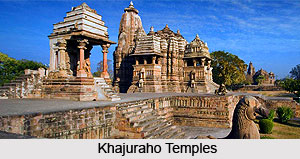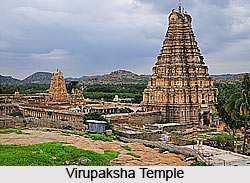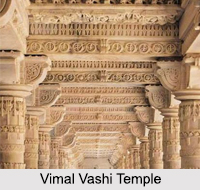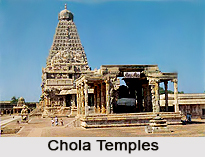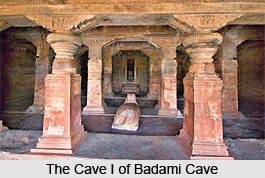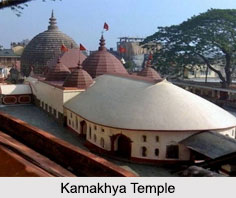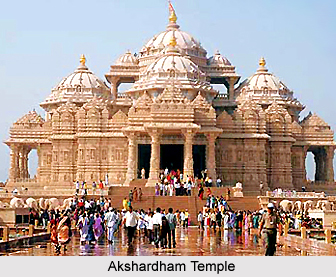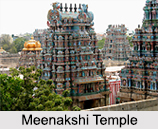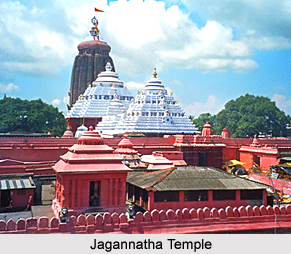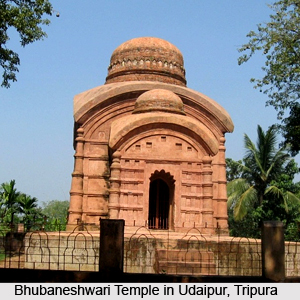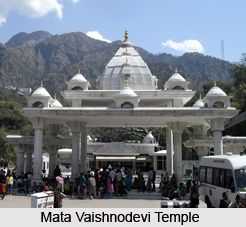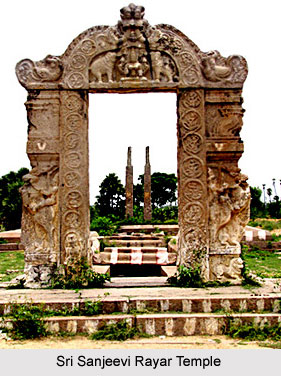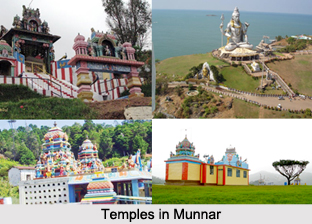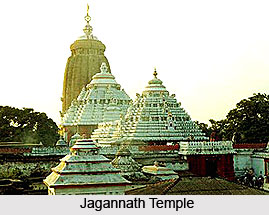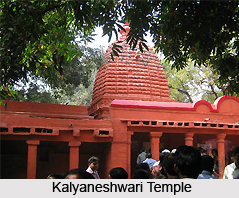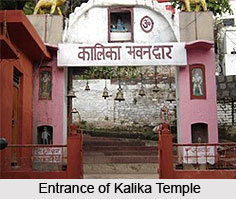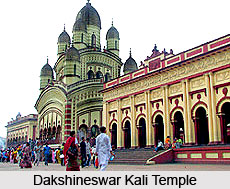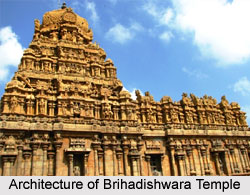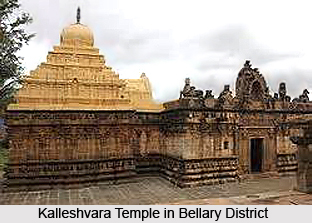 Kalleshvara Temple is also referred to as `Kalleshwara Temple` and is situated in Ambali town, Bellary District in the southern Indian state of Karnataka. The temple had been constructed around 1083 AD, particularly during the regime of the Western Chalukya Dynasty, during the rule of King Vikramaditya VI as revealed from an ancient Kannada inscription in the `sabhamandapa` or gathering hall of the temple. The ruler was also known as Tribhuvana Malla. Currently, Kalleshvara Temple has been declared a monument of national significance by the Archaeological Survey of India. The temple architecture is said to resemble the art school of the Lakkundi School of Tungabhadra branch, of the 12th century. Soap stone has been employed to create the temple which comprises a single shrine or `vimana` which is also equipped with an adjoining school.
Kalleshvara Temple is also referred to as `Kalleshwara Temple` and is situated in Ambali town, Bellary District in the southern Indian state of Karnataka. The temple had been constructed around 1083 AD, particularly during the regime of the Western Chalukya Dynasty, during the rule of King Vikramaditya VI as revealed from an ancient Kannada inscription in the `sabhamandapa` or gathering hall of the temple. The ruler was also known as Tribhuvana Malla. Currently, Kalleshvara Temple has been declared a monument of national significance by the Archaeological Survey of India. The temple architecture is said to resemble the art school of the Lakkundi School of Tungabhadra branch, of the 12th century. Soap stone has been employed to create the temple which comprises a single shrine or `vimana` which is also equipped with an adjoining school.
Architecture of Kalleshvara Temple
The original temple structure, which was once based over the shrine is no longer existent today. The shrine facing towards the eastern direction possesses a `garbhagriha` or the sanctum sanctorum and a vestibule or `antarala` or antechamber which contains a tower called `sukhanasi`. The sukhanasi bridges the garbhagriha and the `sabhamandapa` or the gathering hall, which is present close to the `mukhamandapa` or the main hall. Projections have been built on the walls of the shrine and also the sabhamantapa.
Carvings were present on the recesses which are adorned with turrets in `vesara` style, which is a unique fusion of northern Indian and southern Indian style of architecture. Beautiful, decorative patterns beautify the antechamber and the doorjamb of the sanctum sanctorum while Goddess Lakshmi is portrayed on the lintel of the doorway, being surrounded by elephants on Her both sides. The square bases of the temple pillars of mukhamantapa and sabhamantapa depict representations of various Hindu deities including Goddess Durga, Lord Surya and Bhairava (incarnation of Lord Shiva).
This article is a stub. You can enrich by adding more information to it. Send your Write Up to [email protected]
